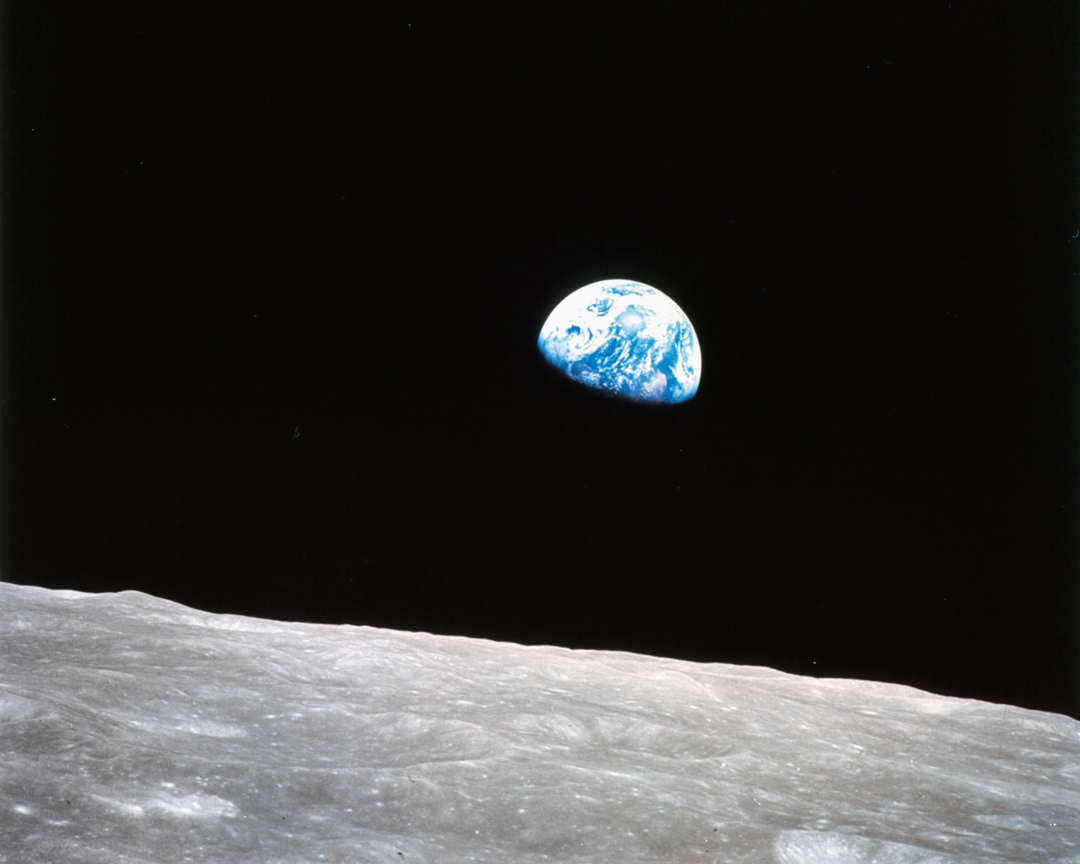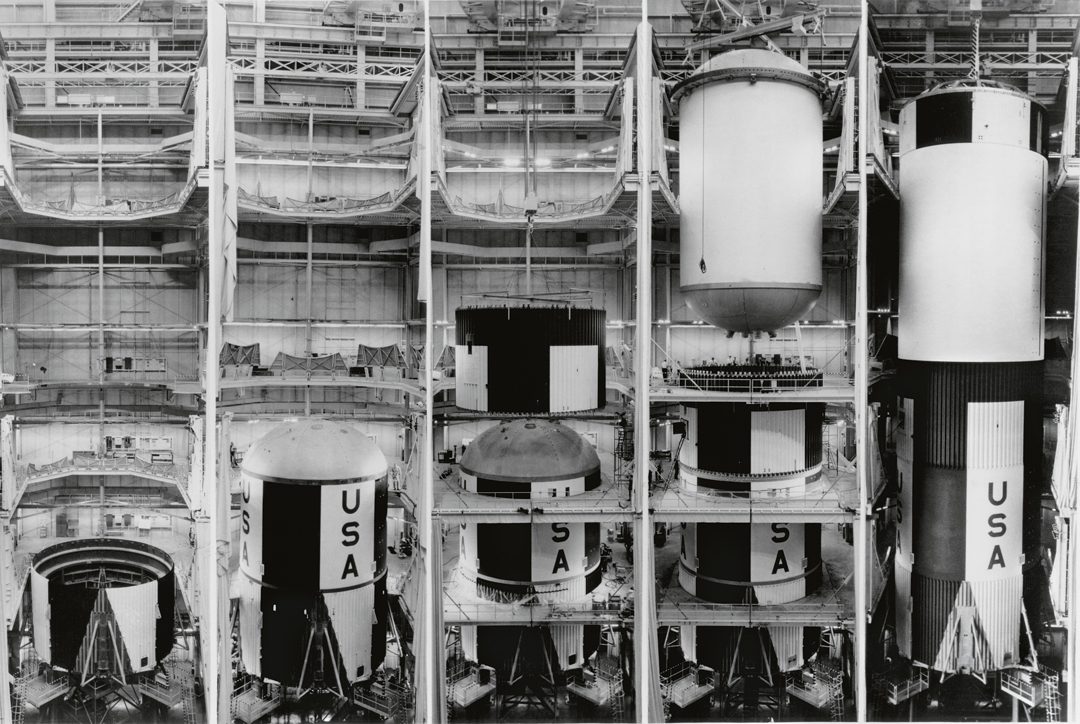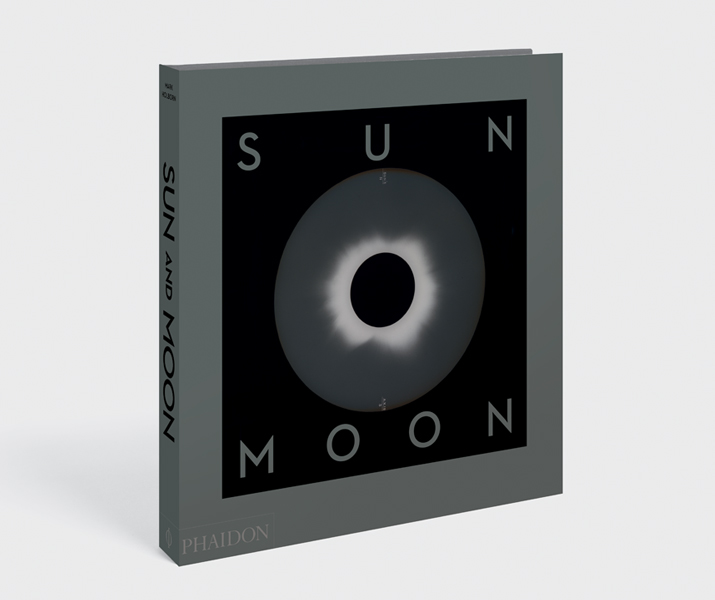
The lunar photo that made us look at the Earth in a new light
Mark Holborn's new book, Sun and Moon, considers the impact of this 1968 NASA photograph, Earthrise
The Apollo program was all about the Moon. Its stated purpose was to land a man on the Moon and return him safely to Earth. However, as Mark Holborn explains in his book Sun and Moon, the mission also served other, less clearly anticipated purposes.
The book is a unique pictorial history of astronomical exploration from the earliest prehistoric observatories to the latest satellite images. The picture above falls towards the end of that historical survey, though perhaps not as late as some viewers might think. It wasn’t actually the product of the famous, Apollo 11 Moon landing of 1969, but actually the fruits of the earlier Apollo 8 mission – the first manned craft to orbit the Moon, Earth’s only permanent, natural satellite.

“The first flight around the Moon was executed by Apollo 8 during Christmas of 1968,” explains Holborn. “After nearly fifty-six hours in flight, the space capsule and its three-man crew entered the Moon’s gravitational field. Terrestrial beings had never before been subject to the gravity of another planet. Thirteen hours later they entered a lunar orbit and then disappeared from radio contact as they encircled the far side of the satellite in perfect time with the calculations, on an almost exact circular path of 70 to 71 miles altitude.
“In addition to filming the Moon’s surface on 16mm film moving at a single frame per second in order to record maximum detail, the mission used Hasselblad cameras with electric motors that automated the procedure beyond the setting of the distance, aperture and shutter speed. The 70mm black and white negative and colour transparency film was loaded into easily interchangeable magazines.
“1,100 photographs were successfully taken of both the Moon and the Earth. On Christmas Eve, the Commander, Frank Borman, made the first exposure on black and white film as the Earth rose above the lunar horizon. He was quickly followed by William Anders, who photographed the view on colour film, creating one of the most iconic images ever recorded.”
Though it captured a lunar view, that image of our world, isolated in the heavens, made a great impact back on the ground. “Earthrise, a glowing blue whorl of light against black space, hovering over the pitted grey skin of the Moon, allows every human being to contemplate, at a unique distance, a point from which we have all emanated and on which our genetic history has evolved over the course of aeons – and to see, for once, a context wider than the oceans and continental masses that previously enclosed our sense of place.”
Today, the image is widely associated with the environmental movement; indeed, the British historian Robert Poole has argued that the modern movement began, more or less, with that image. However, at the time, the astronauts aboard Apollo 8 didn’t express ecological desires, but rather religious beliefs, when the chose to communicate their feeling with the folks back home.
“A Christmas Eve television broadcast, the most widely ever seen at that time, was made from Apollo 8 during the ninth of the mission’s ten orbits,” writes Holborn. ”In the broadcast, Borman referred to the Moon as a ‘forbidding expanse of nothing’. The occasion was, however, elevated to a biblical level. The voices and images of men were broadcast from the heavens and they spoke of God. Each read from the first ten verses of the King James version of the Book of Genesis. After God had created darkness and light, night and day, God said, ‘Let the waters under heaven be gathered together unto one place, and let the dry land appear: and it was so. And God called the dry land Earth; and the gathering together of the waters called he Seas; and God saw that it was good.’ They had seen the Moon from unequalled proximity, save for the mechanical view of the lunar probes, and they had also seen the Earth, as if, too, for the very first time. Having spun within the gravitational pull of the Moon and traversed its dark side, they spoke as if of a void. Referring to the Earth, they reached for the language of the divine.”

For more earthbound insight into images associated with our heavens, order a copy of Sun and Moon here.